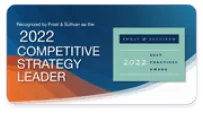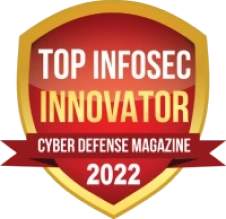The World's Most Powerful
Unified Zero Trust (UZT) Platform
One Platform, Securing Everything: Endpoints to Cloud Workloads
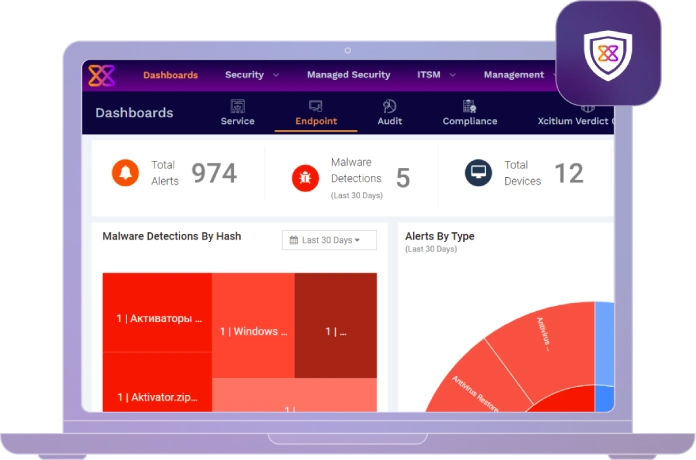
Endpoint Security
Preemptively manage your endpoint security, detection, and response with remote monitoring from a single and unified console.
REQUEST DEMO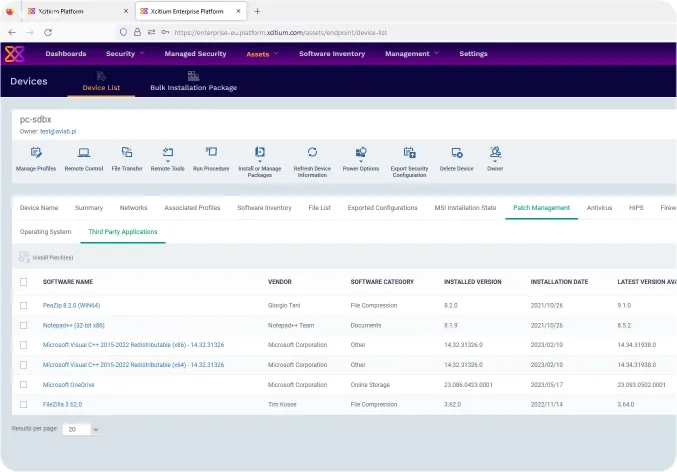
Protect Your Entire Network with Auto Containment
Ensure that any unknown or potentially malicious files are automatically contained before they can execute and cause harm. By security every endpoint across your network, we stop threats in their tracks.
Request Demo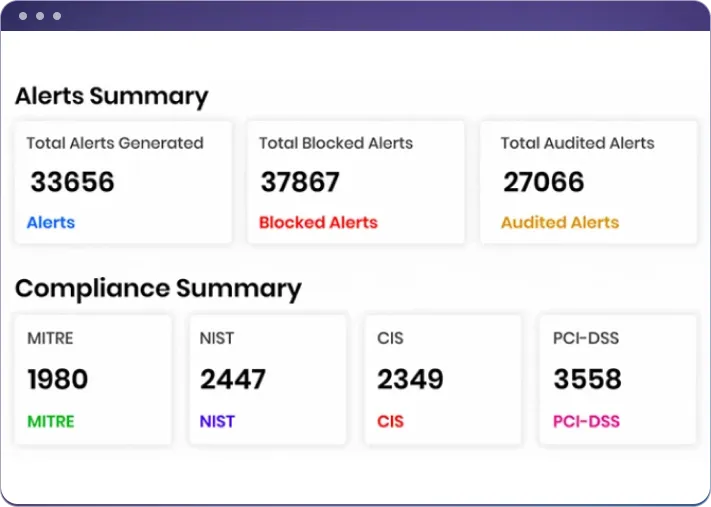
Cloud-Native Application Protection Platform (CNAPP)
Ideal for orgnaizations that need to secure their cloud-native applications and workloads across multiple cloud platforms. Xcitium’s CNAPP provides vulnerability management, compliance monitoring, and real-time threat detection.
Risk & Compliance Assessment
Email Protection with Secure Email Gateway (SEG)
Ensure email communications are protected from phishing, malware, and other email-born threats. It’s particularly valuable for organizations in highly regulated industries, such as finance, healthcare, and legal sectors.
Request Demo
Web Protection with Secure Internet Gateway (SIG)
Robust protection against web-based threats, such as phishing, malware, and unauthorized access. Xcitium’s SIG provides real-time threat intelligence, content filtering, and secure web gateway capabilities, ensuring your users can access the internet safely form anywhere.
Request Demo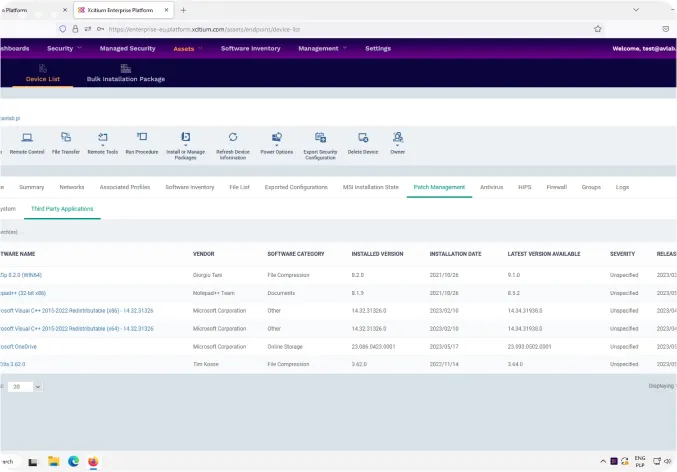
IT Service Management (ITSM)
IT management platform for MSPs and SMBs provides a complete all-in-one PSA that lets you manage your business through one platform.
GET STARTED FOR FREEWhy Choose Xcitium?
Xcitium exists to ensure that people can embrace technology fully, without the shadow of insecurity hanging over them. We’re here to give users the freedom to explore, create, and connect without fear. Whether it’s preventing unknown files from compromising systems or offering innovative approaches to endpoint protection, Xcitium’s technology is designed to foster confidence. We believe that by keeping the digital ecosystem secure, we’re directly contributing to human evolution—by enabling people to take full advantage of the tools that define our era.




